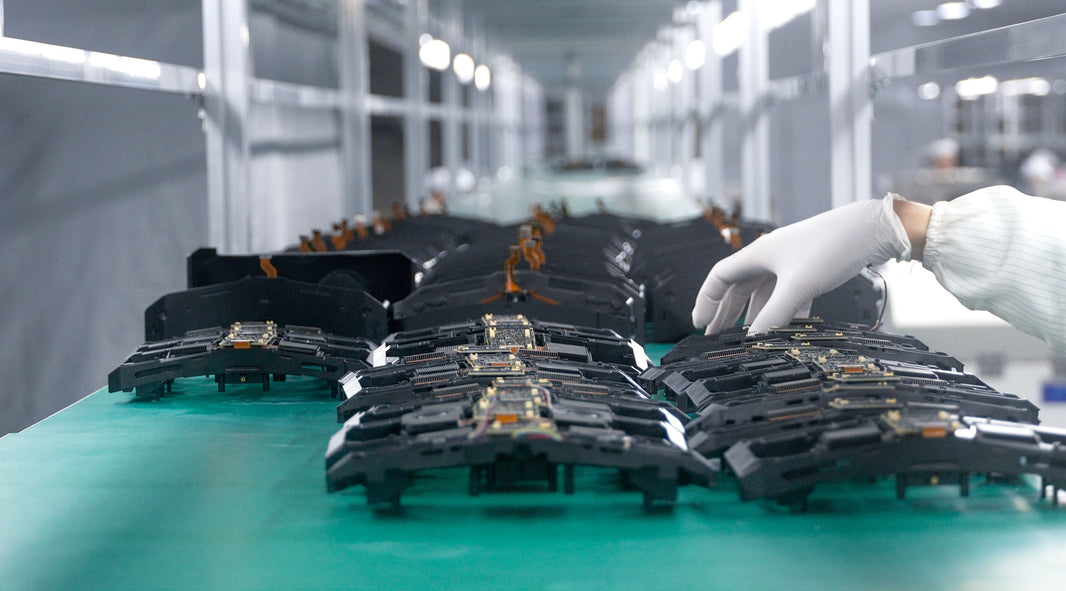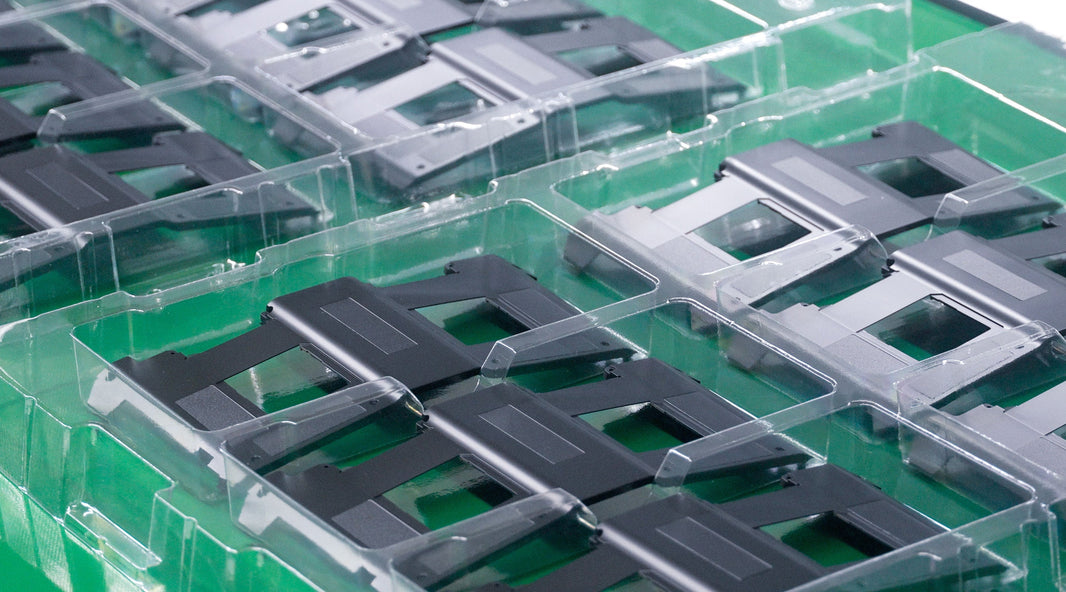What is local dimming and why?
Local dimming is a technology used in displays, such as televisions and computer monitors, that allows for more precise control over the brightness levels of different areas of the screen, resulting in a clearer, more vibrant, and more immersive picture.It’s also used in VR (virtual reality) headsets.
- Local dimming reduces blooming
Local dimming can help to improve the quality of the image by reducing blooming (sometimes called glare) and increasing the contrast. Blooming is a visual artifact that occurs when a bright area of an image causes light to spill over into surrounding dark areas, creating a halo effect. Local dimming helps to reduce blooming by dimming the backlight in specific areas of the screen that are supposed to be dark, thereby preventing light from spilling over into adjacent areas.
This is sometimes tested in “Steam Workshop::ROV Test FOV & Resolution”. By looking at the words “Glare Test”, white text on a black background, it’s easy to see if there is any glare or blooming (overspill of light) on the black background. If local dimming works well, the edges are sharp and there’s no light spillage.

- Local dimming improves Contrast
Local dimming also improves contrast by allowing different areas of the screen to be lit with varying brightness levels. This allows for deeper blacks and brighter whites, resulting in a more vivid and lifelike image.
Imagine the AfterDark arcade in VR Chat, or night flights in Microsoft Flight Simulator.


What about local dimming in VR?
Local dimming is not a common feature in virtual reality (VR) headsets, as most VR displays use OLED or LCD technology with a single backlight.
- OLED
OLED displays do not use a separate backlight as each individual pixel emits its own light. This means that OLED displays are capable of extremely deep blacks and high contrast ratios, as there is no need for a separate backlight to illuminate the entire screen.
- LCD
On the other hand, LCD displays do use a single backlight to illuminate the entire screen, and the brightness of individual pixels is controlled using liquid crystals. Local dimming in LCD displays works by dimming or turning off the backlight in specific zones of the screen to improve contrast and black levels.
However, some newer VR headsets have begun to incorporate Micro LED and Mini-LED technology, which both offer the potential for local dimming. Micro LED and Mini LED are two different technologies, although they are similar in that they both offer high levels of brightness, contrast, and color accuracy.
- Micro LED
Micro LED refers to a display technology that uses extremely small LED chips to create a high-resolution display. Micro LEDs are typically less than 100 microns in size and can be directly bonded to a substrate to create a seamless and flexible display. Micro LED displays offer many advantages over other display technologies, including high brightness, high contrast, and low power consumption.
- Mini LED
Mini LED, on the other hand, is a backlighting technology used in displays. In a mini LED display, the backlight is divided into multiple zones, and each zone is illuminated by an array of small, high-brightness LEDs. This allows for more precise control over the brightness and contrast of individual zones, resulting in deeper blacks and improved overall picture quality. Mini LED displays are considered an improvement over traditional LCD displays.
Types of local dimming techniques?
There are three main types of local dimming techniques: full-array local dimming (FALD), edge-lit local dimming, and direct-lit local dimming.
- Full-Array Local Dimming (FALD)
This method involves a grid of LEDs behind the screen, which are separated into multiple dimming zones that can be adjusted independently. This allows for greater precision in local dimming, resulting in deeper blacks and improved contrast.
- Edge-Lit Local Dimming
In this method, LEDs are placed along the edges of the screen and the light is directed towards the center of the display. The LEDs can be dimmed in specific areas to create localized dimming zones. Edge-lit local dimming is less effective than FALD but is less expensive to implement.
- Direct-Lit Local Dimming
This method is similar to FALD, but instead of a grid of LEDs behind the screen, there are fewer, larger LEDs directly behind the screen. These larger LEDs can be turned on or off individually to create localized dimming zones. Direct-lit local dimming is more effective than edge-lit local dimming but is also more expensive to implement.
It's worth noting that some manufacturers may use different names for these local dimming techniques or may use a combination of techniques. Additionally, the effectiveness of local dimming can vary depending on the quality of the display, the number of dimming zones, and other factors.
Local dimming in Pimax Crystal
Local dimming dims dark areas while keeping other areas bright and colorful. This creates a truly immersive experience in Pimax Crystal.

The Crystal also allows you to tweak the local dimming algorithm, by turning it off, balanced, or extreme. Some games are darker than others, as well as people’s preferences. With this, you can tweak local dimming according to your needs and games.

For more
You may like:
What Is The Screen Door Effect In VR? | Pimax
Is My PC Ready For VR? | Pimax
How Much Is A VR Headset? | Pimax









